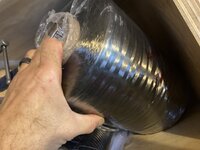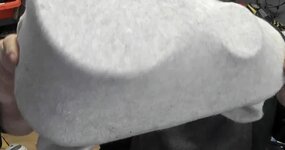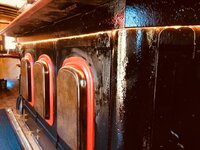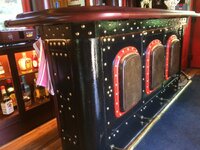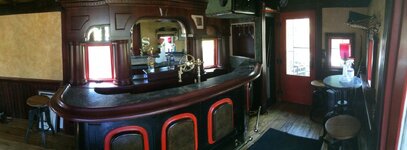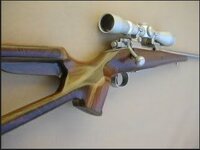TaperPin
WKR
- Joined
- Jul 12, 2023
- Messages
- 1,985
What ever happened to kevlar for light stocks? I bought a pounder stock from Brown Precision 25 years ago and the blank was literally 16 oz. Strength to weight CF beats Kevlar a little, but I liked the idea of Kevlar not breaking quickly if it’s going to fail. Everyone seems to make CF stocks, but most are so heavy they might as well be fiberglass, and the light carbon fiber ones are still above a pound. Is CF the way to go?
In my 20s I vacuum molded a stock over a plug, but the plan had a number of fatal flaws and I chocked it up to an expensive learning experience and never tried again. Vacuum bagging or a pressurized inner plug seems to be essential to reduce the epoxy weight to a minimum.
Recently I ran across what I think is left over cf from an airplane build for almost free and it reignited an interest in a super light diy build.
Any others with a diy stock project?
In my 20s I vacuum molded a stock over a plug, but the plan had a number of fatal flaws and I chocked it up to an expensive learning experience and never tried again. Vacuum bagging or a pressurized inner plug seems to be essential to reduce the epoxy weight to a minimum.
Recently I ran across what I think is left over cf from an airplane build for almost free and it reignited an interest in a super light diy build.
Any others with a diy stock project?




